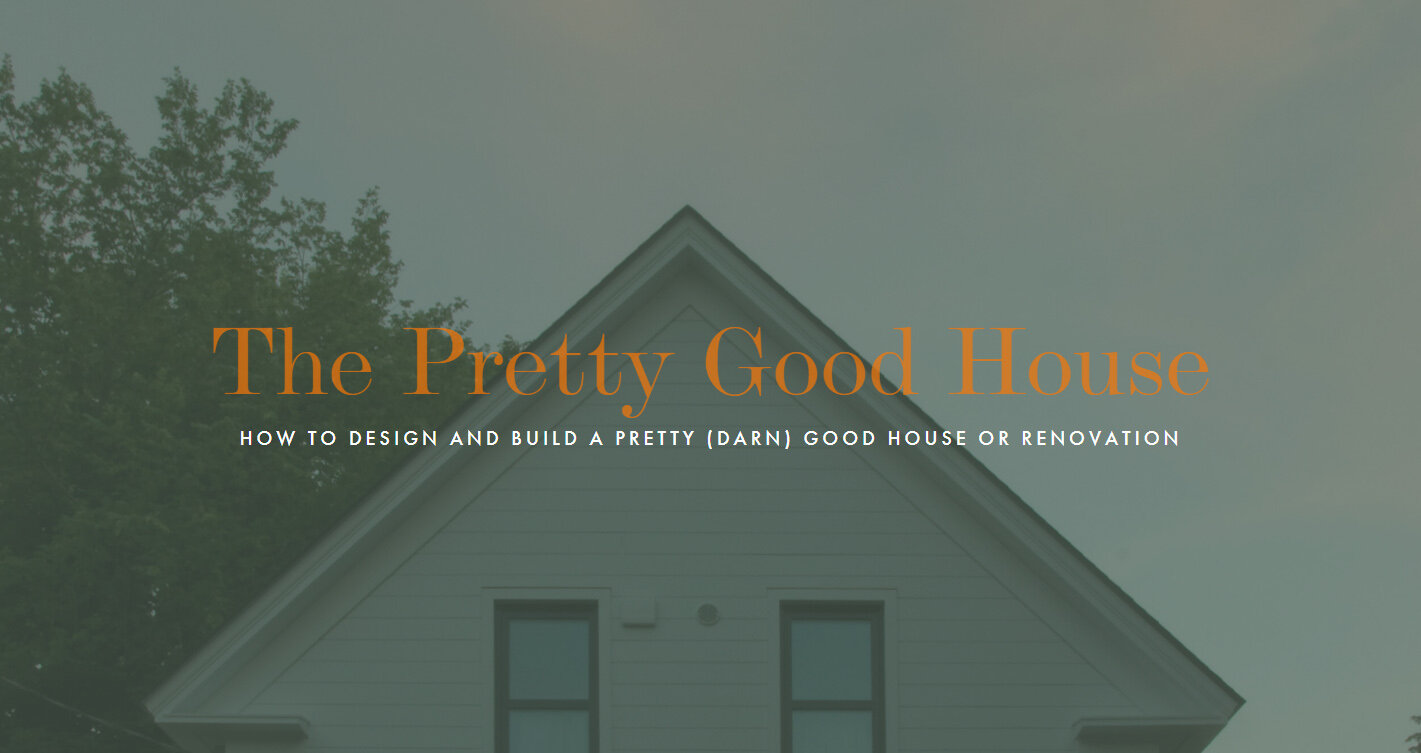One of the things to consider with energy efficiency is surface to interior volume ratio. Meaning add up the exterior walls area and divide by the interior volume. About the most efficient design is half a beach ball, dome, but most people have a tough time with corners and aesthetically they are tough. The monolithic dome institute has been an advocate of dome home for years https://www.monolithic.org/ hard to match them for energy efficiency and resistance to high winds. Lots of public buildings that got wiped out by tornadoes have been replaced by them but most feel they are ugly. One minor step from a dome is the geodesic dome. They were the rage at one point and gave a bit more surface appeal but well known to be difficult to keep watertight. I think most would say they are more attractive than a monolithic dome but that is faint praise. So the goal them is fit a rectilinear structure in a dome. That would probably be a hip roofed home but hip roofs have a lot of wasted space. The next conventional home is probably a New England cape. The trade off is 2nd floors are hard to access for those mobility challenged. A ranch is probably the least efficient surface to volume wise but easier for mobility.
My house is a relatively square 28' deep by 32' long full dormered cape on one side. The dormer is facing south for better sun and the views while the back roof is facing north. I have a 4' hip wall in the back of the second floor. I would have gone even "squarer" with the house but its a modular first floor and at the time 14' wide was the max over the road without a police escort. The house is laid out with one bedroom, full bath and laundry room along with kitchen and living room on the main floor with 3' wide doors which at the time was regarded as extra wide (standard was 32"). That was 30 plus years ago and I have learned a few things. I have a double flue masonry chimney at the center of the house with one oversized flue. It would be repalced with chase with smaller flues but would still exit next to the ridgepole. It could easily have an additional 1st floor bedroom added. The only access issue is it requires a climb up 4 stairs to get inside from outside. I could add a ramp if needed.
My house is a relatively square 28' deep by 32' long full dormered cape on one side. The dormer is facing south for better sun and the views while the back roof is facing north. I have a 4' hip wall in the back of the second floor. I would have gone even "squarer" with the house but its a modular first floor and at the time 14' wide was the max over the road without a police escort. The house is laid out with one bedroom, full bath and laundry room along with kitchen and living room on the main floor with 3' wide doors which at the time was regarded as extra wide (standard was 32"). That was 30 plus years ago and I have learned a few things. I have a double flue masonry chimney at the center of the house with one oversized flue. It would be repalced with chase with smaller flues but would still exit next to the ridgepole. It could easily have an additional 1st floor bedroom added. The only access issue is it requires a climb up 4 stairs to get inside from outside. I could add a ramp if needed.


![[Hearth.com] Ideal floor plans for wood heat? [Hearth.com] Ideal floor plans for wood heat?](https://www.hearth.com/talk/data/attachments/307/307418-5abcc95c207656bc5d6f9df5361f229f.jpg?hash=5ba6VIFSSP)
![[Hearth.com] Ideal floor plans for wood heat? [Hearth.com] Ideal floor plans for wood heat?](https://www.hearth.com/talk/data/attachments/307/307419-625e8858b78e0b0a2b695d926d993def.jpg?hash=hAqWmSi2Yz)
![[Hearth.com] Ideal floor plans for wood heat? [Hearth.com] Ideal floor plans for wood heat?](https://www.hearth.com/talk/data/attachments/307/307430-cdd49e91d72b714df21d853c55516f64.jpg?hash=dCKBIz4yqA)
![[Hearth.com] Ideal floor plans for wood heat? [Hearth.com] Ideal floor plans for wood heat?](https://www.hearth.com/talk/data/attachments/307/307672-9e4b8420ea2de9595b91fe3f923d3b63.jpg?hash=v8zaVeqI-d)

![[Hearth.com] Ideal floor plans for wood heat? [Hearth.com] Ideal floor plans for wood heat?](https://www.hearth.com/talk/data/attachments/307/307791-3e765c448628c566883a58c033582b7d.jpg?hash=dSljOC-FuC)
![[Hearth.com] Ideal floor plans for wood heat? [Hearth.com] Ideal floor plans for wood heat?](https://www.hearth.com/talk/data/attachments/307/307792-957d414c47ee6b2d449a5dc06ec5395b.jpg?hash=_1LW7497xL)
![[Hearth.com] Ideal floor plans for wood heat? [Hearth.com] Ideal floor plans for wood heat?](https://www.hearth.com/talk/data/attachments/307/307811-a4c5687d5c2c58294f9952d93a68e64f.jpg?hash=rtKG-U9HHy)
![[Hearth.com] Ideal floor plans for wood heat? [Hearth.com] Ideal floor plans for wood heat?](https://www.hearth.com/talk/data/attachments/307/307827-e4b5310fb4775e4e252ed0665c6469b1.jpg?hash=v4MzW608RV)